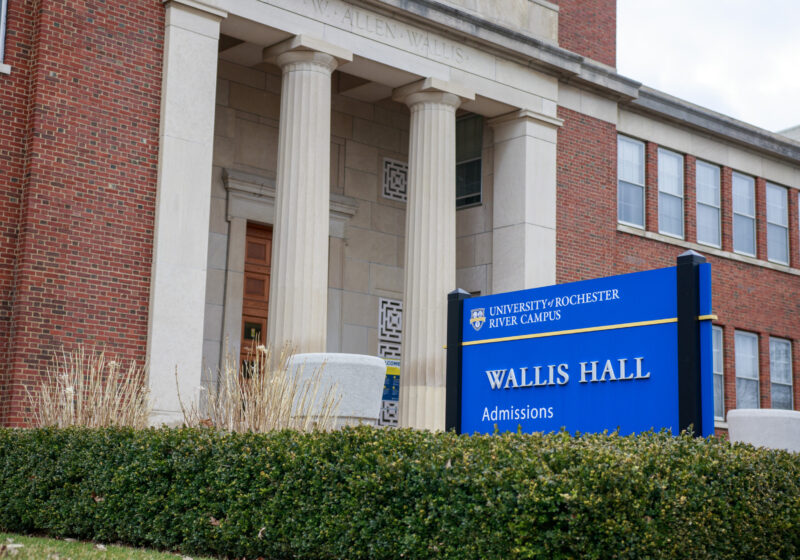A team of researchers at the UR Medical Center recently discovered a drug called parthenolide that could become a potential cure for leukemia.
“We found that the compound parthenolide that comes from feverfew – which is derived from a plant called Bachelor’s Button, a kind of chamomile plant – can be used to significantly kill leukemic stem cells,” senior lecturer of Hematology and Oncology Monica L. Guzman said.
The research team is comprised of Guzman, and a stem cell expert from URMC
Craig T. Jordan, among others, from the University of Kentucky Medical Center.
Parthenolide is known to have been used for a long time by Mexican and Indian cultures to treat migraines, inflammations and similar problems.
The whole hematopoietic system develops from pluripotent stem cells, that have the potential to develop into any type of blood cell.
The stem cells give rise to progenitor cells, which then develop into more specialized blood cells.
When something fails in this pathway of development, it results in the accumulation of immature cells in the blood vessels.
This in turn leads to numerous other medical complications within the human system.
The chemotherapeutic drugs that are currently available target the immature cells that accumulate in the system, rather than the leukemic stem cells themselves.
Consequently, the treatment is effective only for a period of time This is because the leukemic stem cells can give rise to the immature cells over and over again.
“Chemotherapy agents are designed to target the active, immature cells in blood,” Guzman said. “They may target these cells very efficiently but they target the stem cells less efficiently. And over time, chemotherapy can be very ineffective. So, you are not really eradicating the disease, you are just stopping it temporarily.”
Moreover, current drugs used to treat leukemia do not distinguish between the normal stem cells and the leukemic stem cells.
As a result, the patient may lose several stem cells that could be harmless and may have the potential to give rise to normal blood cells.
“Parthenolide is able to specifically kill human leukemia stem cells while sparing normal blood stem cells,” Jordan said. “We believe leukemia stem cells are the critical target population in patients with myeloid leukemia and that standard chemotherapy drugs do not effectively kill this population.”
Parthenolide is the first single agent known to specifically act on the leukemic stem cells but not the normal stem cells.
“We have to come up with an analog for parthenolide, because [it] is not very soluble,” Guzman said. “So [one] cannot take enough to reach the concentrations needed for it work effectively.
“Therefore we are working on creating an analog for parthenolide such that it has all the chemical properties of parthenolide but is more soluble,” he said.
The annual budget for this research study is approximately $275,000.
“[We] believe that parthenolide represents a potential new and better type of therapy for at least some types of leukemia,” said Jordan.
Continuing, he said, “Our future goals are to develop pharmaceutically optimized forms of parthenolide and then test the drug in leukemia patients.”
The study was also published on the online version of the journal “Blood.”
Sridharan can be reached at asridharan@campustimes.org.





